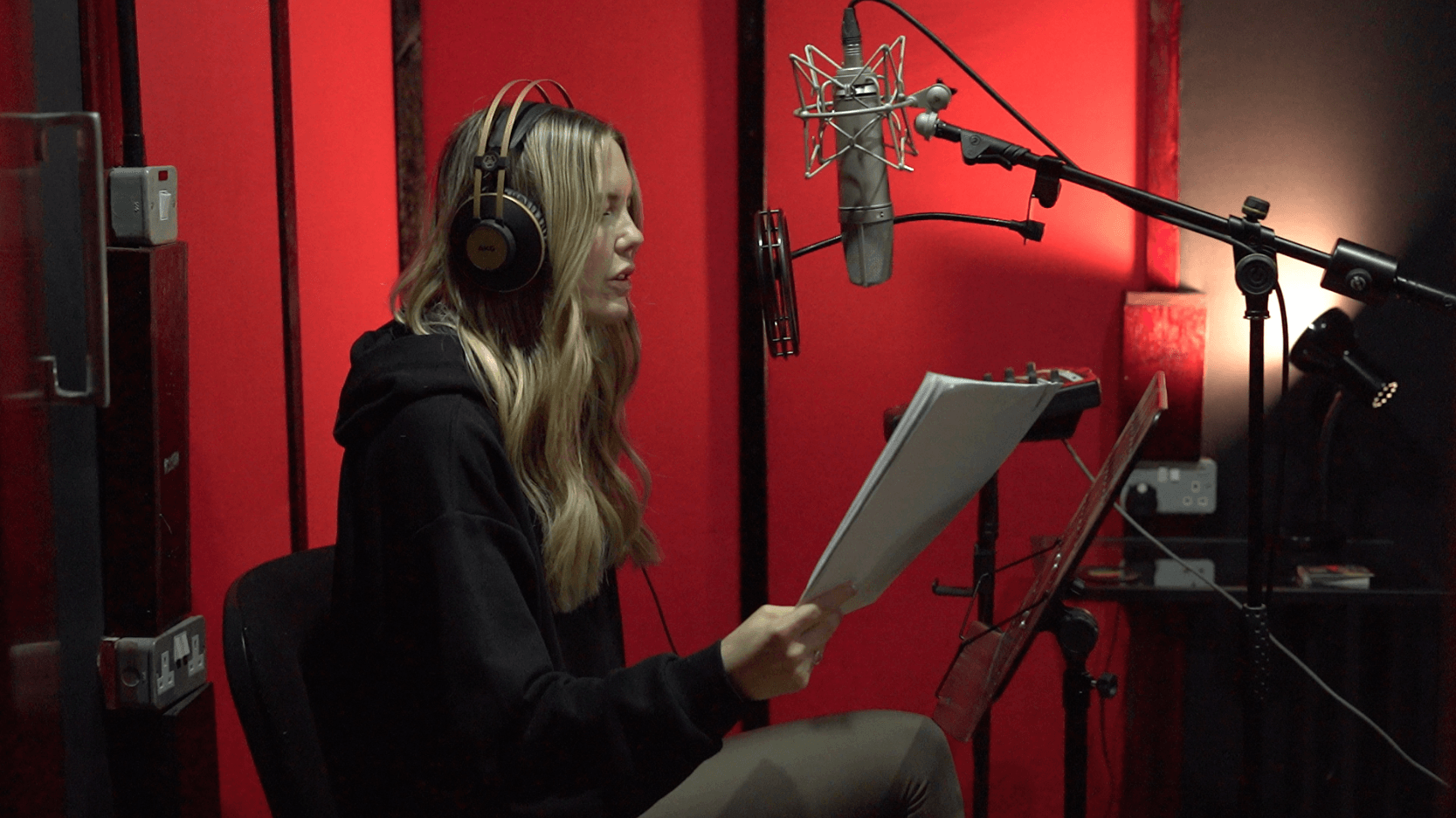The Detailed Process of Voice Over Work in Recording Studios
Voice over recording is a meticulous process that transforms a written script into audible dialogue or narration in various media forms, including commercials, documentaries, video games, and more. This process is carried out in specialised recording studios designed to capture the purest sound quality. Below, we explore the key stages involved in professional voice over work.
Professional Studio Setup
The foundation of successful voice over work lies in a professional recording studio environment. Such studios are equipped with industry-standard microphones, advanced audio interfaces, soundproofing, and acoustic treatment to ensure that recordings are free from external noise and echo. High-quality headphones and monitors are also essential to provide accurate feedback to the voice actor and sound engineer during recording sessions.
Script Preparation and Analysis
Before stepping into the booth, voice actors receive scripts to prepare their readings. Preparation involves more than just rehearsing lines; it includes understanding the character’s background, the purpose of the narration, and the desired tone. Directors often work closely with voice talents to dissect parts of the script that might need special emphasis or emotional input, ensuring the delivery aligns perfectly with the project’s objectives.
Voice Recording Techniques
The actual recording is a collaborative effort led by a director or sound engineer. Voice actors perform in a soundproof booth, where they can focus solely on their delivery without ambient distractions. Engineers control the technical aspects, adjusting microphone levels and providing real-time feedback. This stage may involve multiple takes to capture the right inflections and ensure the voice over meets the project’s emotional and narrative needs.
Technical Adjustments and Sound Engineering
Once the recording session concludes, the sound engineer’s role becomes more prominent. During post-production, the audio files are meticulously edited to remove any unwanted noises, breaths, or pauses.
Sound engineers also fine-tune the audio quality, balancing levels and applying effects to enhance clarity and impact. This step is crucial for ensuring that the voice over integrates seamlessly with other audiovisual components of the project.
Final Review and Integration
The last stage involves a thorough review by the director and other stakeholders to confirm that the voice overs align with the vision and quality standards of the project. Any adjustments needed are made at this stage. Following approval, the finalised voice overs are integrated into the final production, completing the transformative process from script to screen (or speaker).
In summary, voice over work in a recording studio is an intricate process that demands a harmonious blend of artistic expression and technical precision. Effective teamwork and state-of-the-art studio equipment are vital to delivering a polished and professional audio product.






